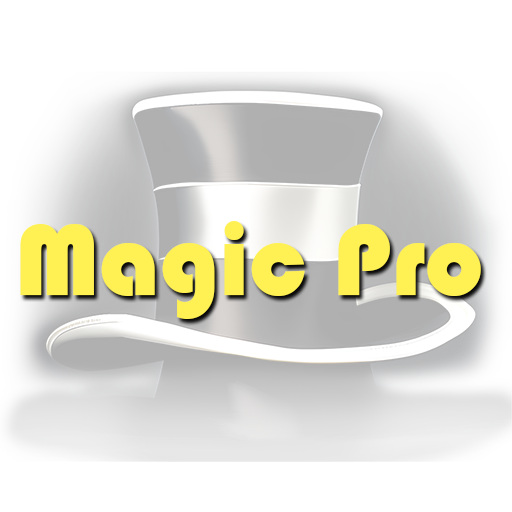Magic in Literature: From Fairy Tales to Modern Fantasy
The portrayal of magic and magicians in literature has undergone a remarkable evolution, transitioning from the mystique of ancient folklore to the complex narratives of modern fantasy. Initially, magic in literature served as a vehicle for explaining the unknown. Ancient myths and legends, infused with magical elements, were not just stories but a means to interpret the world. These tales, steeped in mystery and the supernatural, were the earliest forms of magical literature, resonating with the awe and fear of the unknown.
Fairy Tales and Magic
As literature evolved, so did the depiction of magic. Fairy tales, a staple of childhood literature, often presented magic as a dual-edged sword – a source of both wondrous miracles and dire consequences. These stories were not just for entertainment but carried moral and ethical lessons. The Brothers Grimm and Hans Christian Andersen are iconic in this realm, their tales filled with enchanting witches, mystical creatures, and magical happenings that reflected the complexities of human nature and society.
Magic in Literature
The 19th and 20th centuries saw a shift towards a more nuanced portrayal of magic in literature. With the rise of fantasy as a genre, magic became a central theme in creating alternative realities. J.R.R. Tolkien’s "The Lord of the Rings" and C.S. Lewis’s "The Chronicles of Narnia" are landmarks in this era, showcasing how magic can construct intricate, immersive worlds that parallel and critique real-world issues.
In contemporary literature, magic continues to evolve, blending with various genres to create diverse narratives. J.K. Rowling’s "Harry Potter" series revolutionized the genre by combining magic with the coming-of-age story, making magic a metaphor for personal growth and the battle against internal and external conflicts.
Magical Realism: Blurring the Lines Between Reality and Fantasy

An essential aspect of this evolution is the emergence of magical realism. This genre, distinct from pure fantasy, introduces magical elements into a realistic setting. Gabriel García Márquez's "One Hundred Years of Solitude" and Isabel Allende's "The House of the Spirits" are prime examples, where magic is woven subtly into the narrative, leaving readers to ponder the limits of reality.
Magical realism differs from traditional fantasy by anchoring itself in a familiar reality. The magical elements often bridge the tangible world with the unseen forces of emotions, history, and culture. Authors from various cultures have contributed to this genre, using it as a canvas to explore cultural identity and social issues through a magical lens.
Bring it all back to the magical source . . .
The journey of magic in literature is a testament to its enduring allure and versatility. From ancient myths to modern narratives, magic remains a powerful tool for storytelling, offering endless possibilities for exploring the depths of human imagination and the complexities of our world. The question is, how can we weave these magical tales back into our magic performance to create a continuous fabric of magic and imagination that connects with our audience? Feel free to comment below with your thoughts.

